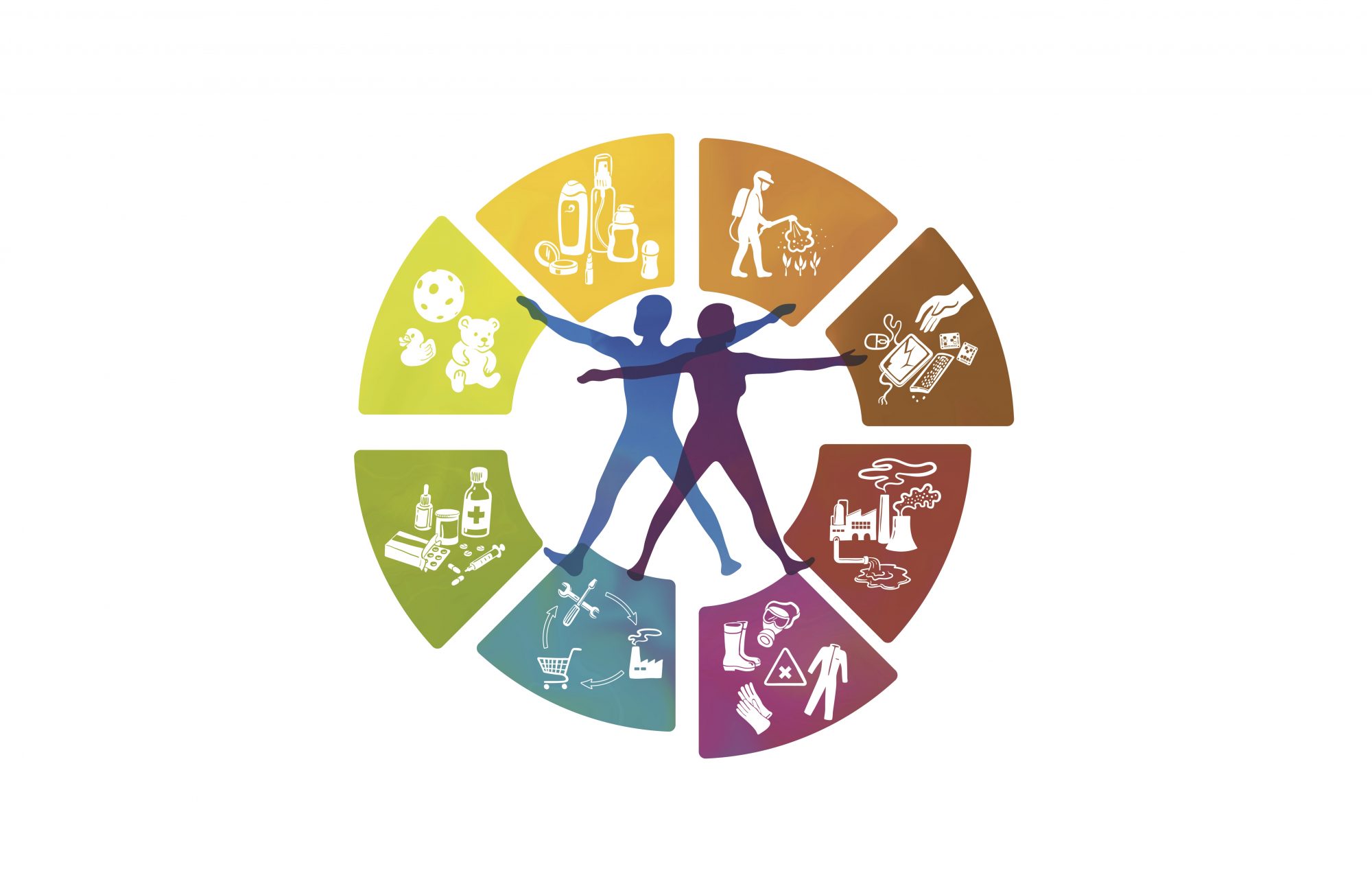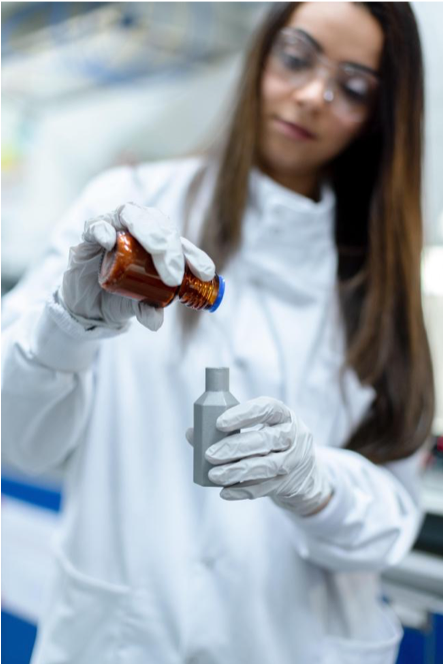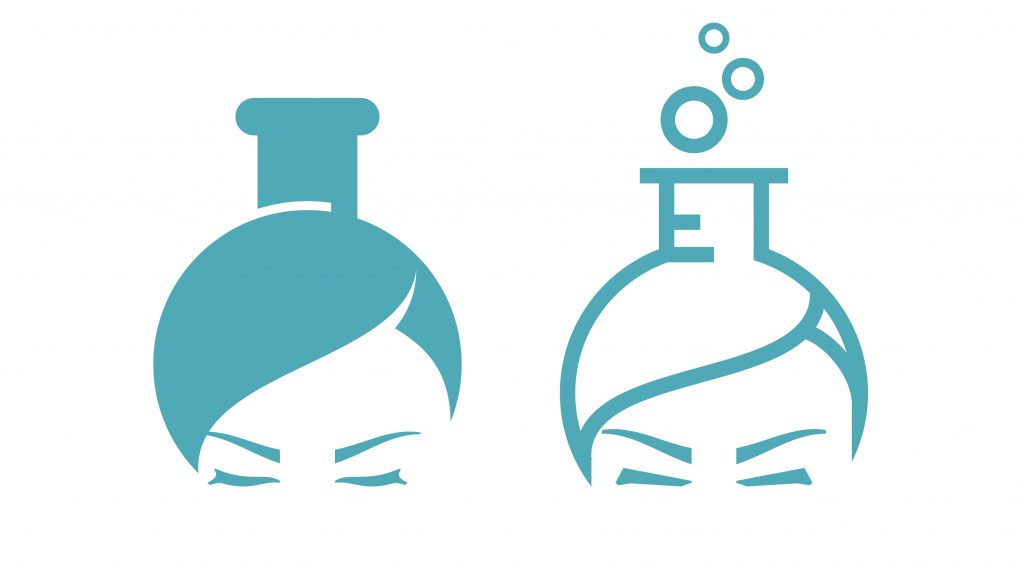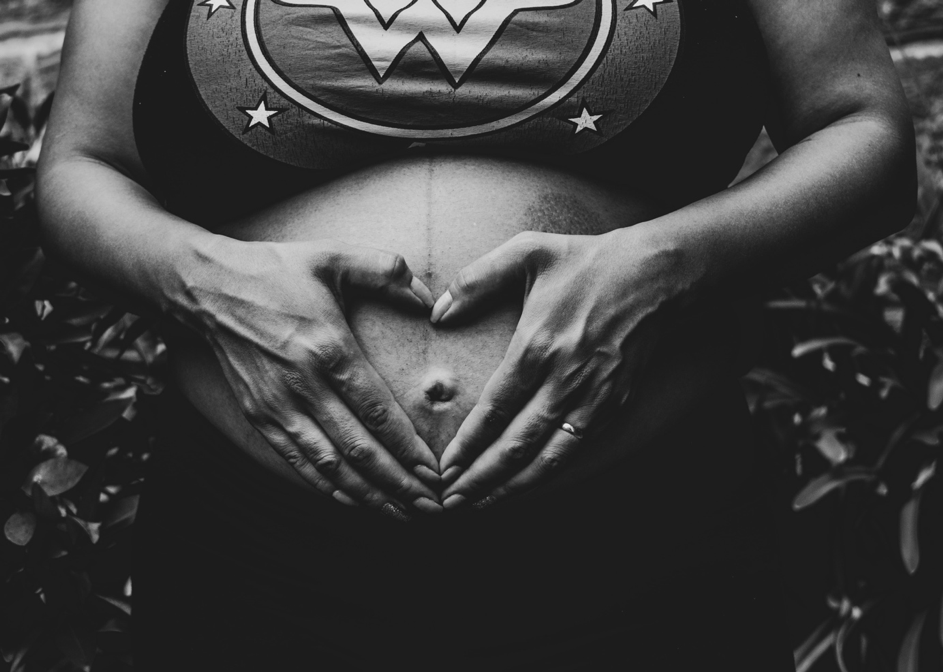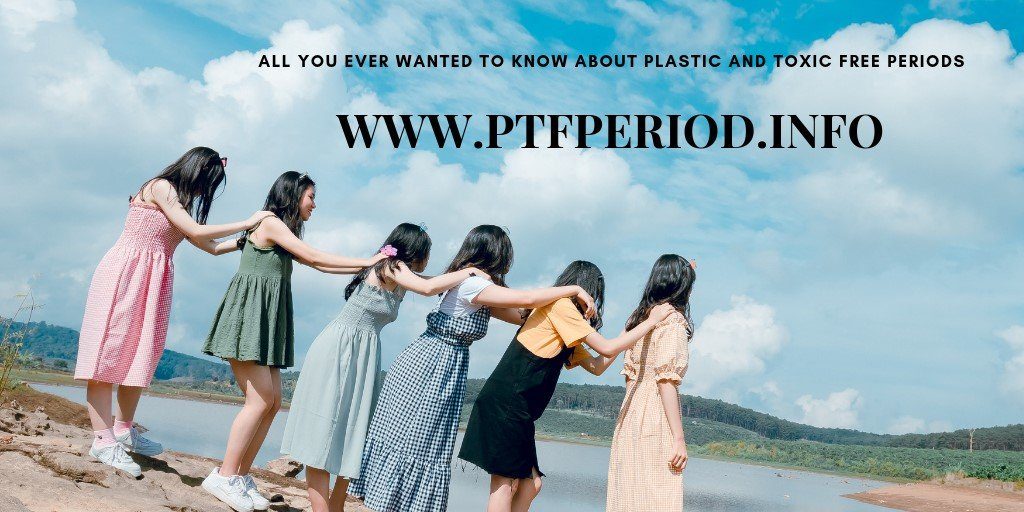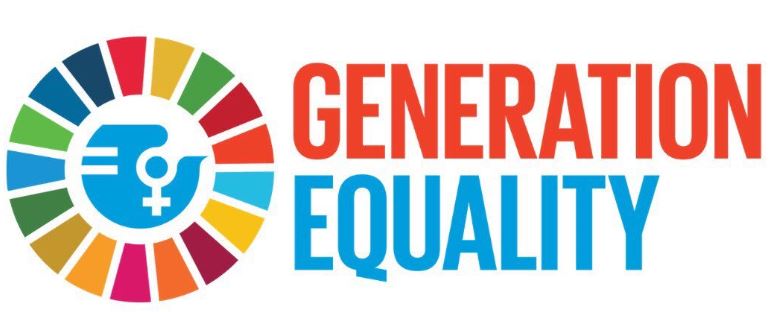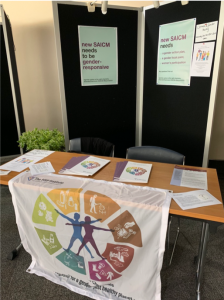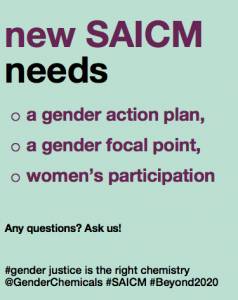Brief report on the kick-off event: Roundtable with stakeholders – Shaping chemicals management together in a gender-responsive way.
(in German below)

Together with Dr Hans-Christian Stolzenberg, the German SAICM National Focal Point at the German Federal Environment Agency, the MSP Institute invited to a round table on the 20th of July 2021. The aim of the kick-off event in the new project GenChemRoadMap was to initiate the first exchange between different stakeholders of the German national chemicals management on gender equality and gender.
More than 40 participants from industry, governmental and non-governmental organisations, as well as professional associations and the scientific community, followed the invitation to the virtual exchange.
After a short overview of the agenda by Dr Minu Hemmati from the MSP Institute and the introduction of the German SAICM National Focal Point, Dr Jutta Emig, Head of the Division “International Chemical Safety, Sustainable Chemistry” at the German Federal Ministry of Environment, introduced the topic with her keynote on gender dimensions of chemicals management. Dr Emig shared her experiences in developing the Gender Impact Assessment for BMU in 2004-2005, and how she realised that “if you want to design chemical safety properly and safely, the gender issue [is] an integral part of it”.
Anna Holthaus, project manager at the MSP Institute, gave a presentation on the new project, the Gender and Chemicals Road Map, and the planned pilot implementation in Germany (see presentation below).
Dr Minu Hemmati then invited the German Federal Ministry of Environment and the German Environment Agency to a brief interview on the issue of “Gender in national chemicals management. How can and must we think this together in Germany?”. Dr Jutta Emig and Astrid Thyssen (Division “Gender aspect in environment policy, social administration issues”, BMU) described previous activities on integrating gender aspects in different areas of environmental policy and the development of a gender strategy in the Ministry. Dr Hans-Christian Stolzenberg explained his ideas and vision regarding sustainable and gender-responsive chemicals management in Germany. Speakers agreed that more research and data collection, more awareness-raising and more tools for practical application are needed on the way to more gender-responsive chemicals management.
Participants were then invited to brainstorm and exchange ideas using a virtual pinboard. For 30 minutes, they discussed which gender aspects in different chemical sectors are of particular relevance in Germany (the results can be found below).
Dr Hans-Christian Stolzenberg and Anna Holthaus invited stakeholders to support the Gender and Chemicals Road Map and its implementation in Germany. Participants responded online how much they would like to be involved in the future.
In a short reflection round towards the end, several stakeholders shared their impressions of the meeting: Prof Dr Klaus Kümmerer from the Leuphana University of Lüneburg emphasised that the entire life cycle of chemicals needs to be considered instead of individual chemicals and their occupational safety measures. Anna Geuchen from the Deutscher Naturschutzring explained that cross-cutting issues such as chemicals management and gender are finally receiving increasing attention at environmental organisations. Janine Richter from the Jungchemiker*innenforum (Young chemist forum) emphasised that, in particular, the younger generation is in favour of transformation towards sustainable chemistry, but that young women continue to suffer from inequalities. All three were pleased with the first exchange on gender and chemistry in Germany and welcomed further plans in the project.
Dr Minu Hemmati thanked speakers and participants for the candid, successful exchange and for sharing their ideas for making chemicals management more gender-responsive.
We are grateful for the support from various stakeholders for our project!
If you are interested in participating in our project, don’t hesitate to contact us via email: anna.holthaus[at]msp-institute.org.
Kurzbericht zur Auftakt-Veranstaltung: Runden Tisch mit Stakeholdern – Chemikalienmanagement gemeinsam geschlechtergerecht gestalten.
Zusammen mit Dr. Hans-Christian Stolzenberg, dem deutschen SAICM National Focal Point im Umweltbundesamt, lud das MSP Institute zum Runden Tisch am 20. Juli im neuen Projekt GenChemRoadMap ein. Ziel der Auftakt-Veranstaltung war ein erster Austausch verschiedener Stakeholder des deutschen nationalen Chemikalienmanagements zum Thema Geschlechtergerechtigkeit und Gender.
Mehr als 40 Teilnehmende aus Industrie, Regierungs- und Nichtregierungsorganisationen sowie Berufsverbänden und Wissenschaft folgten der Einladung zum virtuellen Austausch.
Nach einer kurzen Vorstellung der Agenda durch Dr. Minu Hemmati vom MSP Institute sowie der Vorstellung des deutschen SAICM National Focal Point führte Dr. Jutta Emig, Leiterin des Referats „Internationale Chemikaliensicherheit, Nachhaltige Chemie“ im BMU mit ihrer Keynote zu Gender-Dimensionen im Chemikalienmanagement ins Thema ein. Dr. Jutta Emig berichtete von früheren Erfahrungen bei der Entwicklung des Gender Impact Assessment und ihrer daraus gewonnenen Erkenntnis, dass, „wenn man Chemikaliensicherheit richtig und sicher gestalten möchte, die Genderfrage einfach dazu [gehört].“
Anschließend stellte Anna Holthaus, Projektmanagerin im MSP Institute, das Projekt, die Inhalte der Gender and Chemicals Road Map und die geplante Pilot-Umsetzung in Deutschland vor (siehe Präsentation unten).
Daraufhin lud Dr. Minu Hemmati zur kurzen Interviewrunde mit BMU und UBA zum Thema „Gender im nationalen Chemikalienmanagement. Wie können und müssen wir dies in Deutschland zusammendenken?“ Dr. Jutta Emig und Astrid Thyssen (Referat „Genderaspekte in der Umweltpolitik, soziale Verwaltungsangelegenheiten“, BMU) berichteten über die bisherigen Aktivitäten, unterschiedliche Sachlagen bei der Integration von Genderaspekten in verschiedenen Umweltpolitikbereiche und die Entwicklung einer Gender-Strategie im BMU. Dr. Hans-Christian Stolzenberg erläuterte seine Vorstellungen bezüglich eines nachhaltigen und geschlechter-gerechten Chemikalienmanagements in Deutschland. Auf dem Weg dorthin sind laut BMU und UBA mehr Forschung und Datenerhebung, eine stärkere Bewusstseinsbildung und weitere Instrumente für die praktische Anwendung notwendig und hilfreich.
Danach wurden die Teilnehmenden zum gemeinsamen Austausch an einer virtuellen Pinnwand eingeladen. Es gab ein Brainstorming und Diskussion darüber , welche Genderaspekte in verschiedenen Chemiesektoren von besonderer Relevanz in Deutschland sind (die Ergebnisse finden Sie unten).
Anschließend luden Hans-Christan Stolzenberg und Anna Holthaus zur weiteren Unterstützung und Mitwirkung an der Gender and Chemicals Road Map und deren Umsetzung in Deutschland ein. Die Teilnehmenden trugen hierzu auf der Pinnwand ein, in welcher Weise sie in Zukunft eingebunden werden möchten.
In einer kurzen Reflexionsrunde zum Abschluss äußerten verschiedene Stakeholder ihre gewonnen Eindrücke: Prof. Dr. Klaus Kümmerer von der Leuphana Universität Lüneburg betonte, dass – anstatt einzelner Arbeitsschutzmaßnahmen – der gesamte Lebenszyklus von Chemikalien betrachtet werden müsse. Anna Geuchen vom Deutschen Naturschutzring erläuterte, dass themenübergreifende Querschnittsaufgaben wie das Chemikalienmanagement und Gender zunehmende Beachtung in den Umweltverbänden fänden. Janine Richter vom Jungchemiker*innenforum betonte, dass sich gerade die jüngere Generation für einen Wandel zur Nachhaltigen Chemie ausspricht, aber junge Frauen weiterhin unter Chancenungerechtigkeiten leiden. Alle drei zeigten sich von dem erstmaligen Austausch zum Thema Gender in Deutschland erfreut und begrüßten die weiteren Vorhaben im Projekt.
Abschließend dankte Dr. Minu Hemmati den Teilnehmenden sowie den Referierenden für den gelungenen Austausch und die vielen Ideen und Denkanstöße zur geschlechtergerechten Gestaltung des Chemikalienmanagements.
Wir freuen uns über die Unterstützung verschiedenster Stakeholder für unser Vorhaben!
Wenn auch Sie Interesse an der Mitwirkung in unserem Projekt haben, melden Sie sich gerne bei uns: anna.holthaus[at]msp-institute.org
Den ausführlichen Bericht zur Veranstaltung finden Sie hier:
Die Präsentation zu Veranstaltung finden Sie hier:
Die Ergebnisse des Stakeholder-Austausches finden Sie hier:
